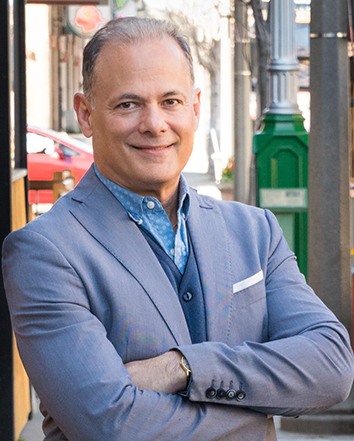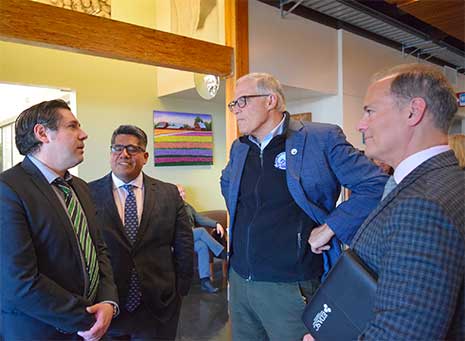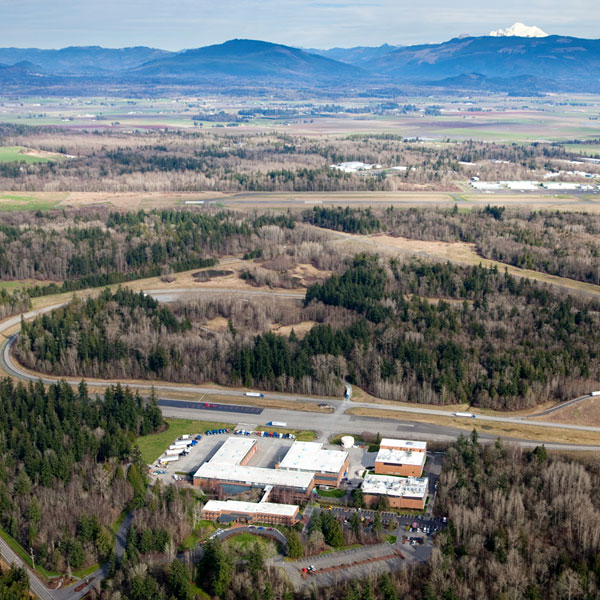CEO Corner: Reflections on the Color of Law

2 Nov 2023
CEO Corner, Equitable Economic Development
In September, I had the opportunity to present to the International Economic Development Council’s annual conference and lead a discussion on the book “The Color of Law: A forgotten history of how our government segregated America,” by Richard Rothstein. I gave a repeat performance for our EDASC Board of Directors at our October board retreat.
The purpose of the talk, and the book, was to point out the very real ways in which Black Americans, in particular, have been deprived of the ability to gain generational wealth via homeownership due to discriminatory laws, restrictive covenants, exclusion from benefits, and other systemic barriers. Rothstein demonstrates in his book, in contradiction to wording from the U.S. Supreme Court, that segregation occurred not by personal choice but because governmental bodies and government-supported institutions enacted these barriers deliberately decades ago – from the G.I. Bill to suburban housing to legal segregation in education and health care to employment discrimination.
People today are still weighed down by the ramifications of those actions. For instance, the wealth gap between Black and white Americans has been increasing over the past 40 years. From simple savings in the bank to capital gains to earnings, there has never been a level playing field when it comes to wealth accumulation.
One of the most striking explanations in Prof. Rothstein’s work began with the 23:1 wealth gap that existed in 1870 between white Americans and those who had only recently been liberated from enslavement. Improving that gap by the same amount for all Americans annually would result in a current wealth gap of 3:1, which is perhaps half the current divide (although the International Monetary Fund estimates the U.S. racial wealth gap at 10:1). That led to two inescapable conclusions for me: First, unequal wealth accumulation due to enslavement that ended in 1865 is still a major source of today’s racial wealth gap. Second, racial discrimination since then is responsible for doubling the racial wealth gap from what it could have been.
It’s not that the system isn’t working. The system is working exactly the way it was designed. The flaw is in the design of the system. And in case you think it didn’t happen here, these practices were very much alive and well here in Washington state, in California where Rothstein focused his examples, and in other areas around the country in addition to the South. The cascade of consequences as a result of unfair housing practices nationwide has degraded communities and stripped individuals of all manner of opportunities.
From an economic development standpoint, this systemic discrimination has hurt us as a country. Innumerable hardworking Americans and immigrants have been shut out of the “American Dream,” which means less prosperity for our nation as a collective. According to the International Monetary Fund in 2020, “the wealth gap between American whites and Blacks is projected to cost the U.S. economy between $1 trillion and $1.5 trillion in lost consumption and investment between 2019 and 2028. This translates to a projected GDP penalty of 4% to 6% in 2028” (Noel and others 2019).
Last year, Citigroup published a study documenting that “America’s failure to address wide gaps between Black and white communities has cost the economy up to $16 trillion over the past 20 years.”
It is a false narrative to say we all have the same opportunities. Unless we can move on from that myth, we can’t make those real opportunities happen for everyone, particularly those farthest from opportunity. Reparations, in sense of repairing communities, is one way communities all over the country may begin to help heal this rift. We at EDASC hope to be part of the solution in working toward providing opportunities to everyone, especially those for whom there was never an even playing field.
Other large influential economic development organizations nationwide are operating innovative programs in this arena. For example, Greater MSP (Minneapolis-St. Paul, Minnesota) has just announced that its GroundBreak Coalition has generated investments totaling nearly $1 Billion to expand equitable wealth-building opportunities in that region.
Our Equitable Economic Development program works with people who have traditionally been farthest from opportunity, focusing on building relationships with underrepresented groups, offering training and resources that meet the real needs of those groups, and making connections to foster a business support system. For those who say we should focus on all businesses – we do – regardless of size or circumstance. But for those who have additional hurdles to clear, EDASC aims to support them as well, in the manner that best addresses those obstacles.
More Topics











